
Cuyamaca State Park
2 Reviews
Hello everyone! This is a friendly reminder that any of these fun places we may visit, we are a guest at. Please treat both businesses and trails with the utmost respect. We here at Hidden San Diego follow the 'Leave no Trace' mantra, meaning whatever you bring with you comes back with you. If you see trash on a trail, please do your part to help remove it. Remember, we are not picking up trash from another person but instead cleaning up for Mother Nature. Happy adventures!

14592-14674 CA-79
Julian, CA 92036
32.986787, -116.583558
Hike: there are many hiking trails on this land Level: Each hike varies in level
Dog-Friendly: Yes Kid-Friendly: Yes
**Check out our list of all hidden gems in Cuyamaca!**

About Cuyamaca State Park
For those who are looking for an authentic back-country, mountain getaway, you really need to look no further than Cuyamaca. The park is 26,000 acres and features a lovely lake that you can easily spend a full day at.
There are hiking trails, camping options, fishing, cabins and a restaurant over-looking the lake. It also gets four seasons here which means autumn leaves and snow!
The park includes Cuyamaca Peak which is the 2nd highest peak in San Diego County, next to Hot Springs Mountain.

Indigenous Peoples in the area date back a minimum of 7000 years. Traces of their ancient and pre-contact civilizations are within the park, which is a Cuyamaca complex archeological site. Early bedrock mortars mark the sites of summer camps and villages. Even the name “Cuyamaca” is a Spanish version of the name the native Kumeyaay peoples used for this place. In water-short Southern California, the Natives call the area Ekwii àa muck meaning “the place where it rains.”
Kumeyaay peoples’ traditional lands range from San Diego east through the Cuyamaca and the Laguna Mountains through present day Anza-Borrego Desert State Park to beyond the Salton Sea in the east, and south beyond present day Ensenada, Baja California on the Baja California Peninsula in Mexico. A typical band’s typical range was a 20-mile (30 km) radius from their winter home. Today thirteen federally recognized Kumeyaay tribes are in San Diego County.
19th century
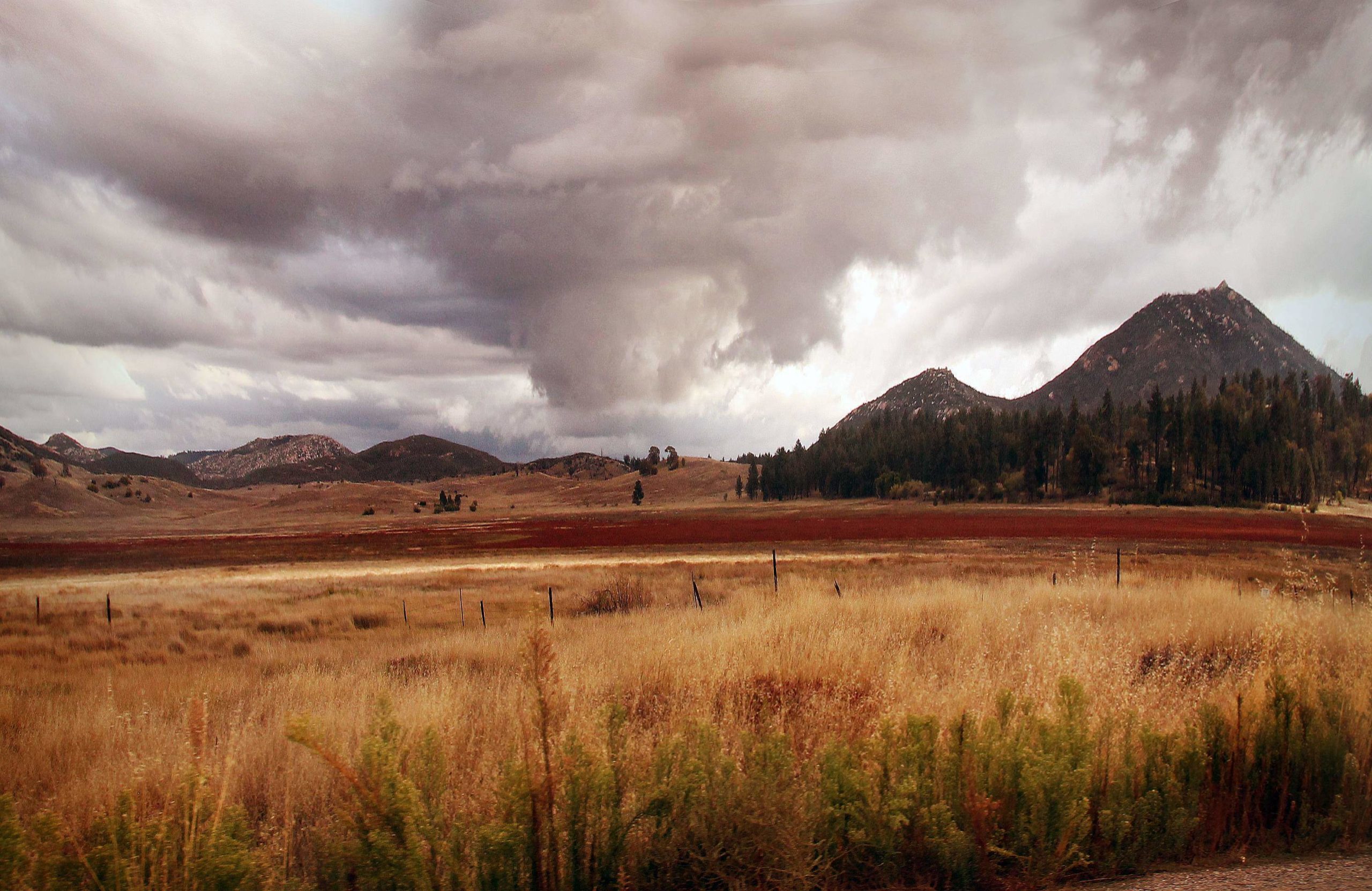
The park is located on the 1845 Rancho Cuyamaca Mexican land grant. With the discovery of gold in Julian in 1869, the Spanish, Mexican, and American governments and settlers changed the Kumeyaay’s way of life forever.
Disease spread through the Kumeyaay, traditional ways of life were destroyed, and promises broken as the Natives were expelled in 1875 from ancestral lands and taxed without representation. Currently there are about 20,000 Kumeyaay descendants in San Diego County, 10% of whom live on the 18 reservations which range from 6.3 to 122,000 acres.
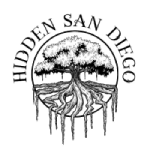
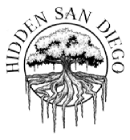


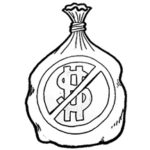
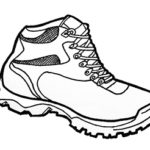


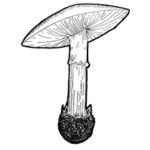
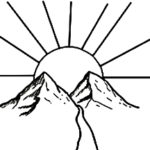
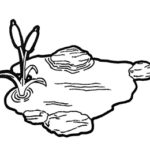

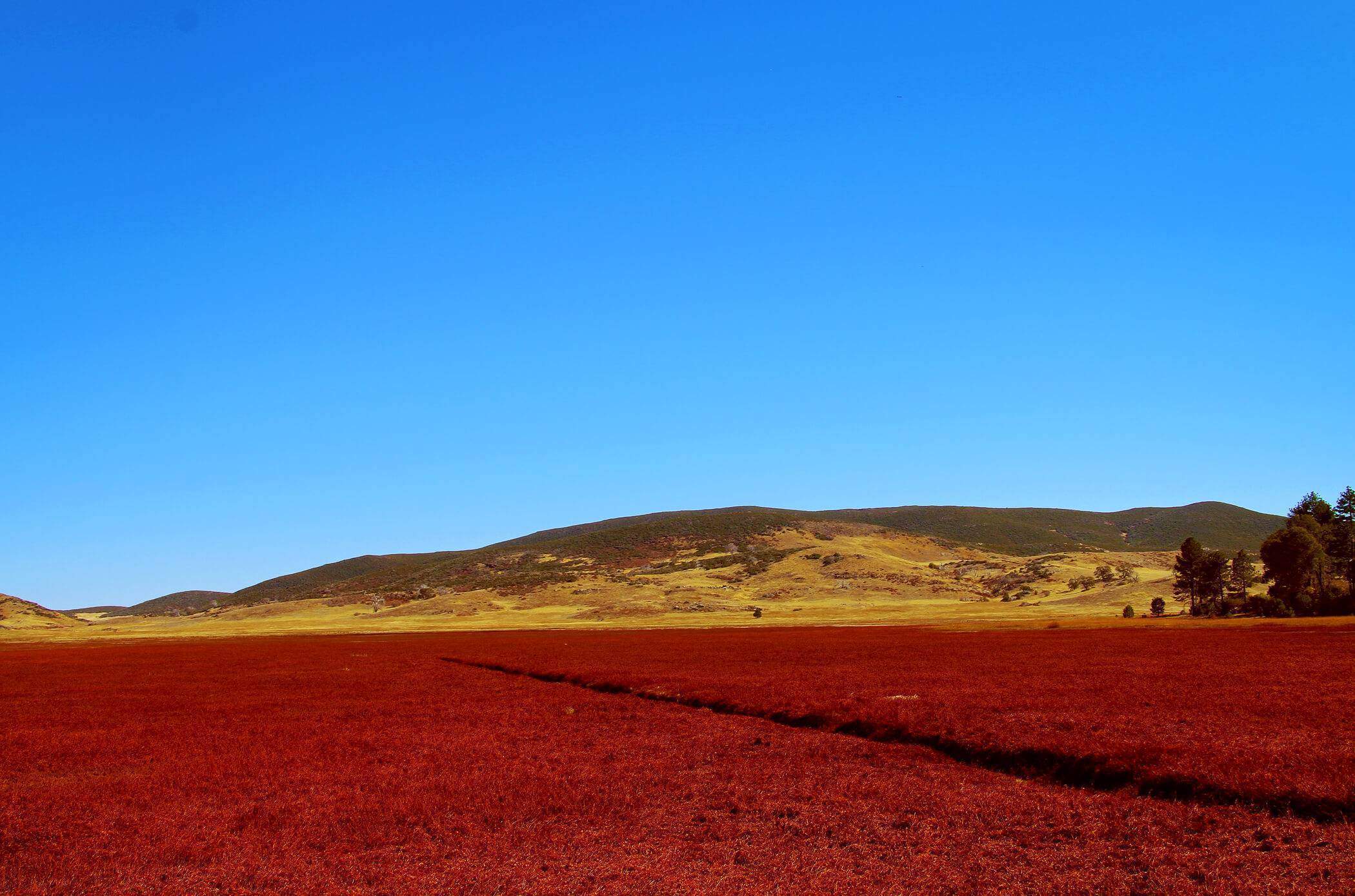

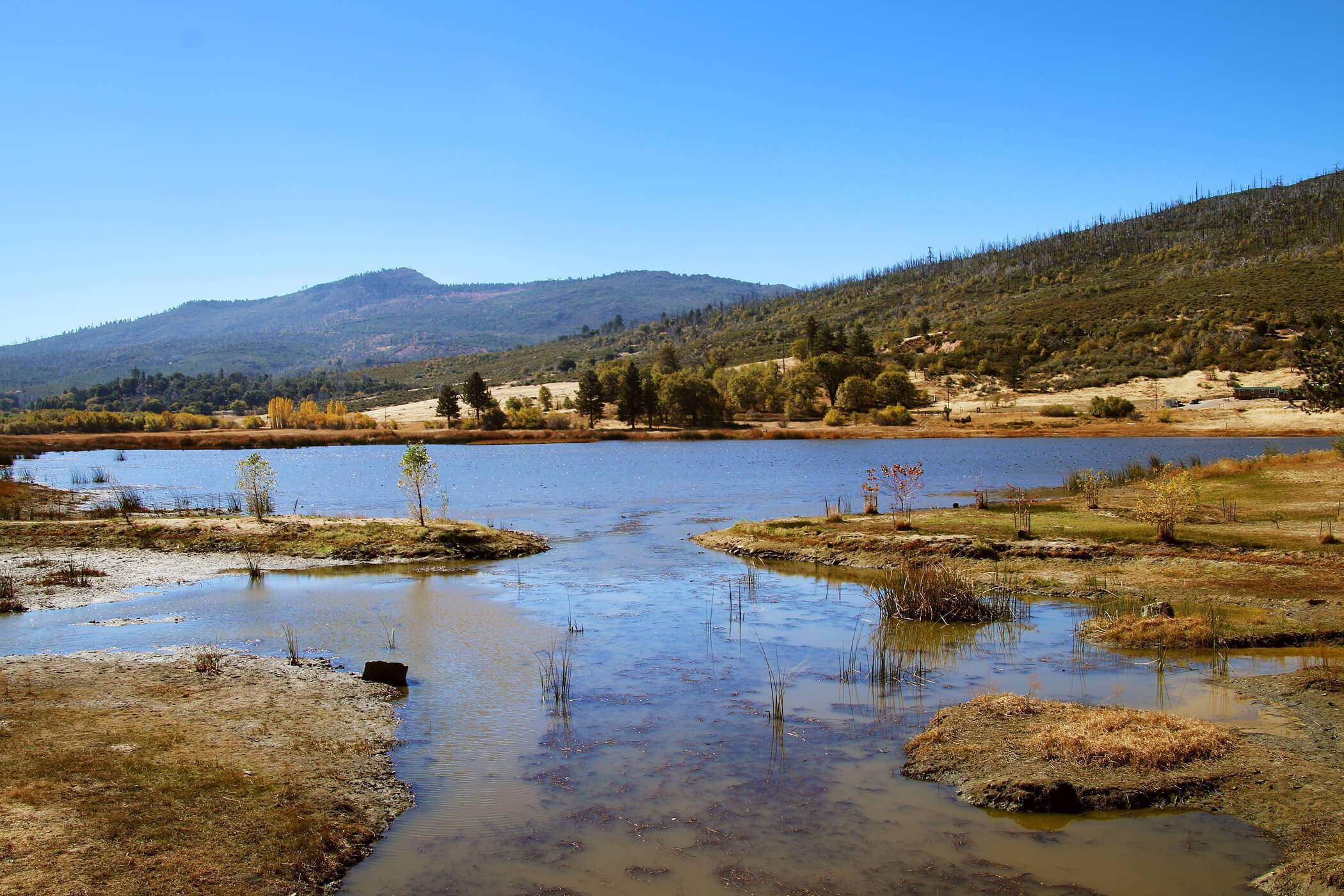
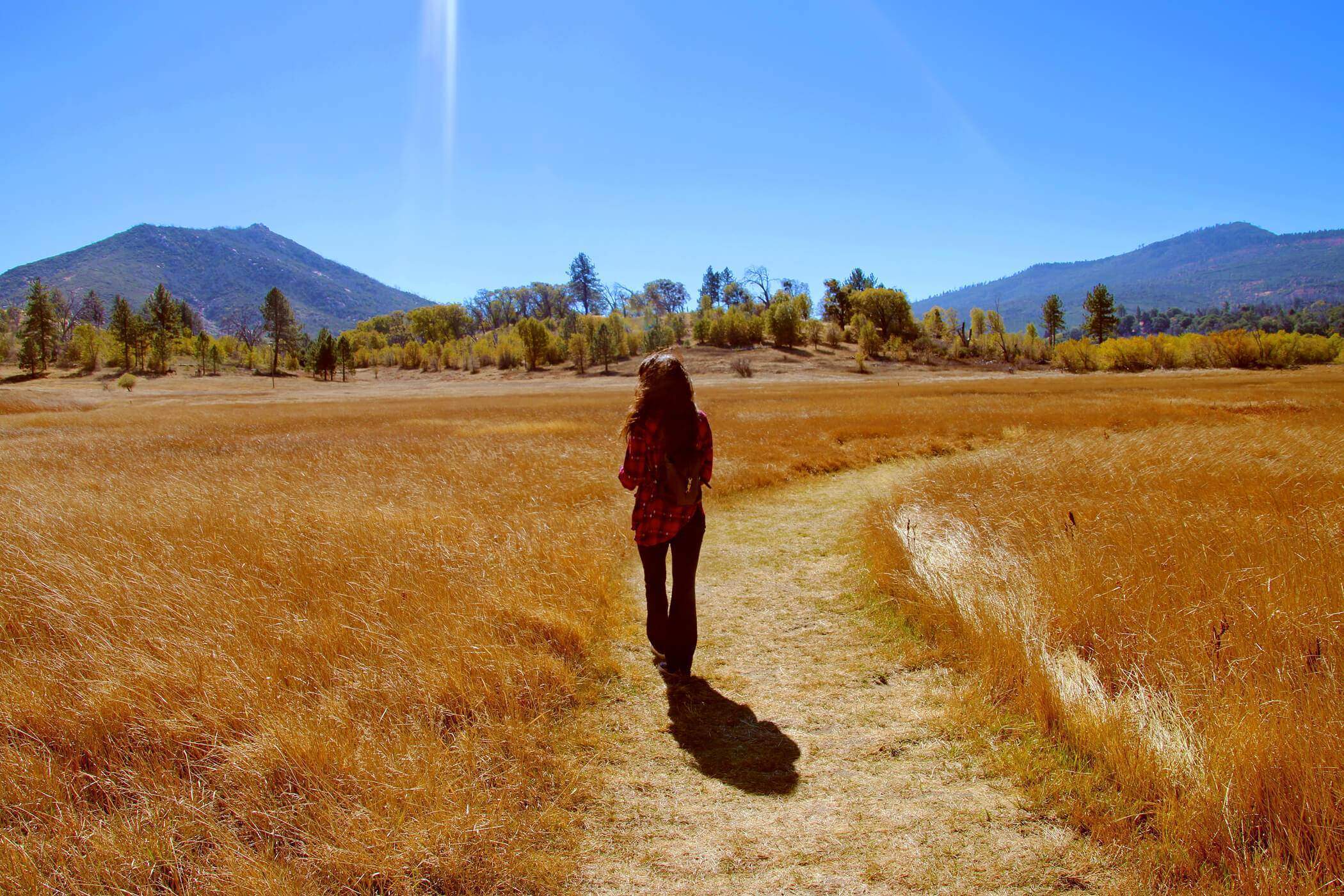


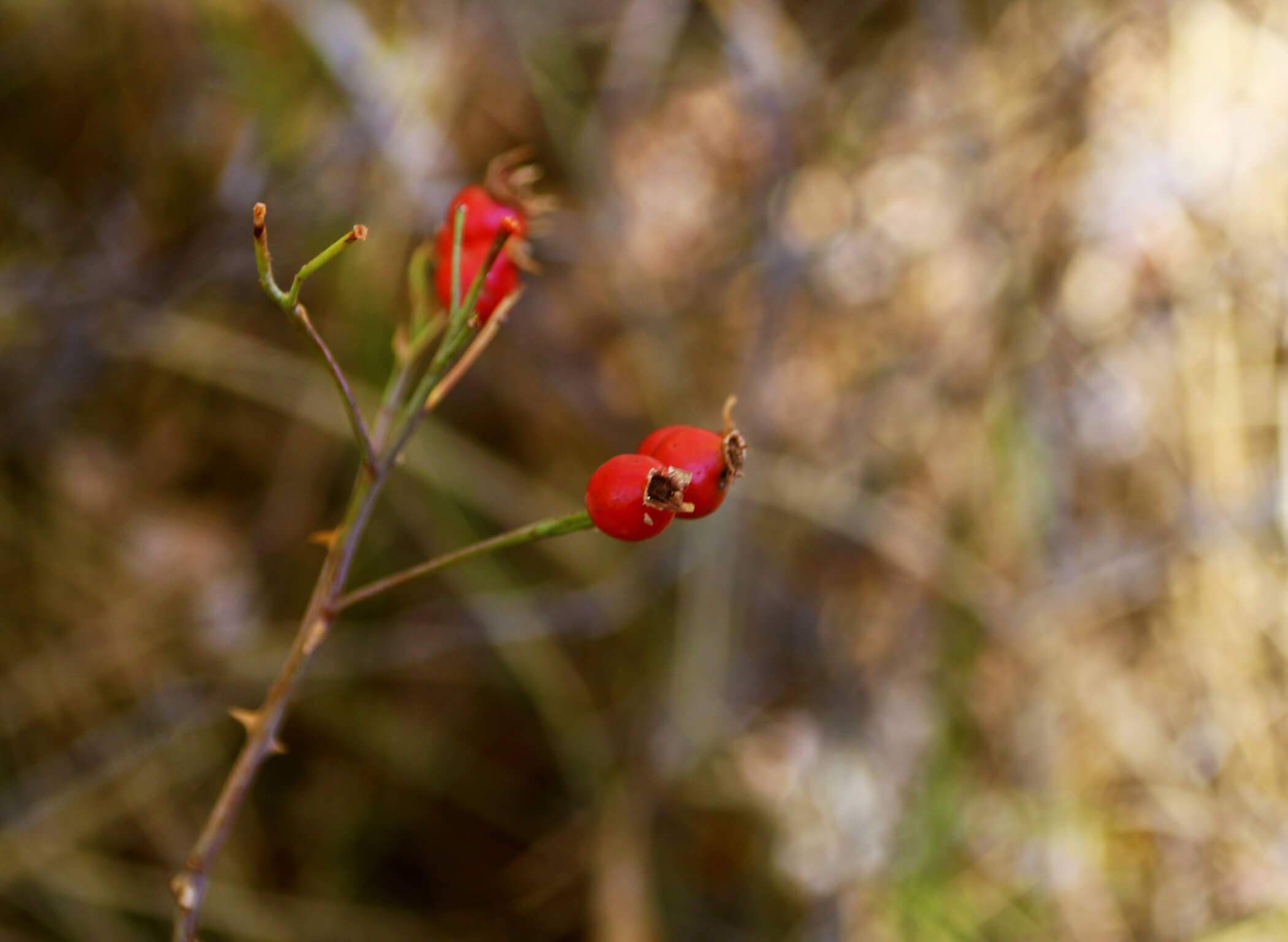
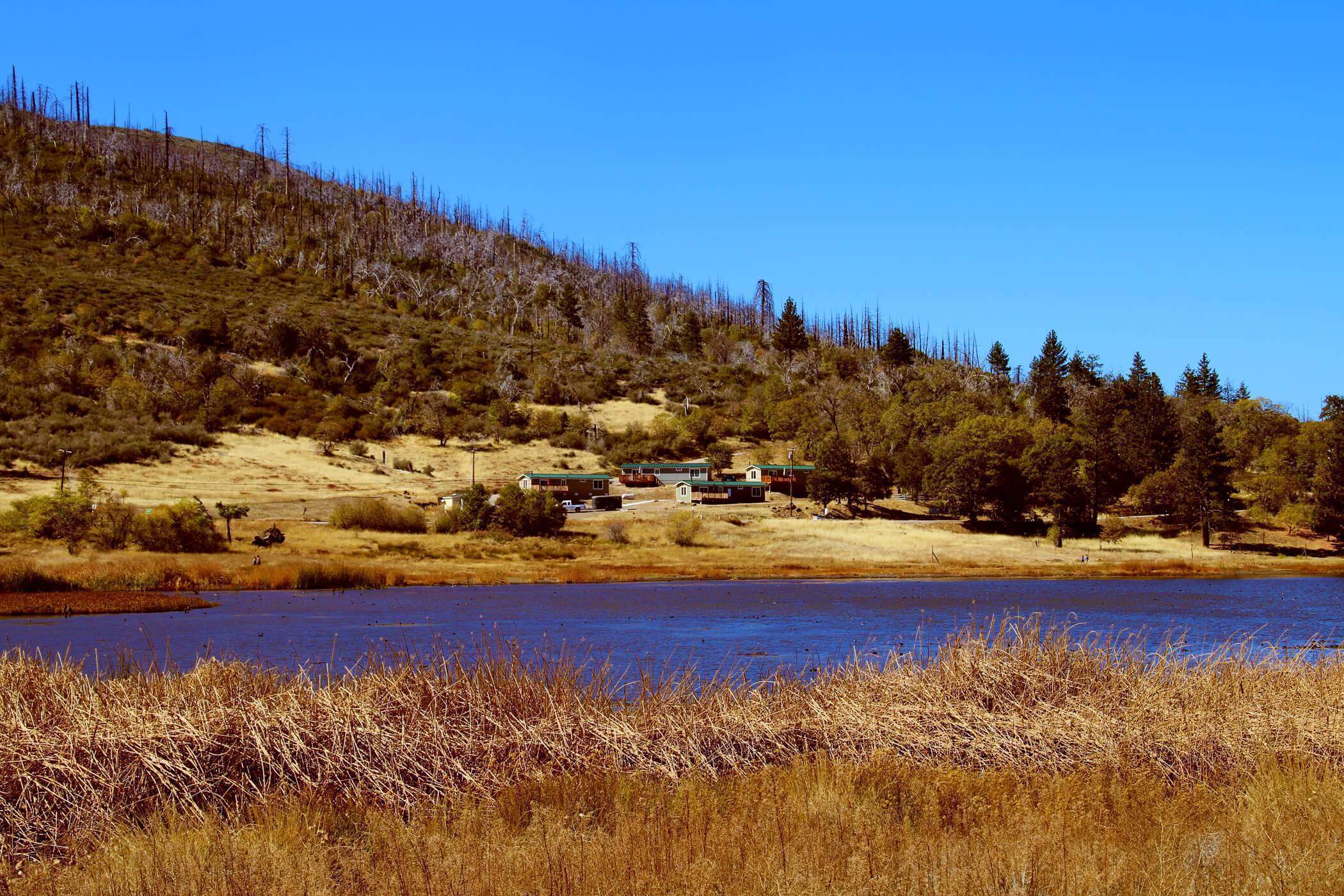

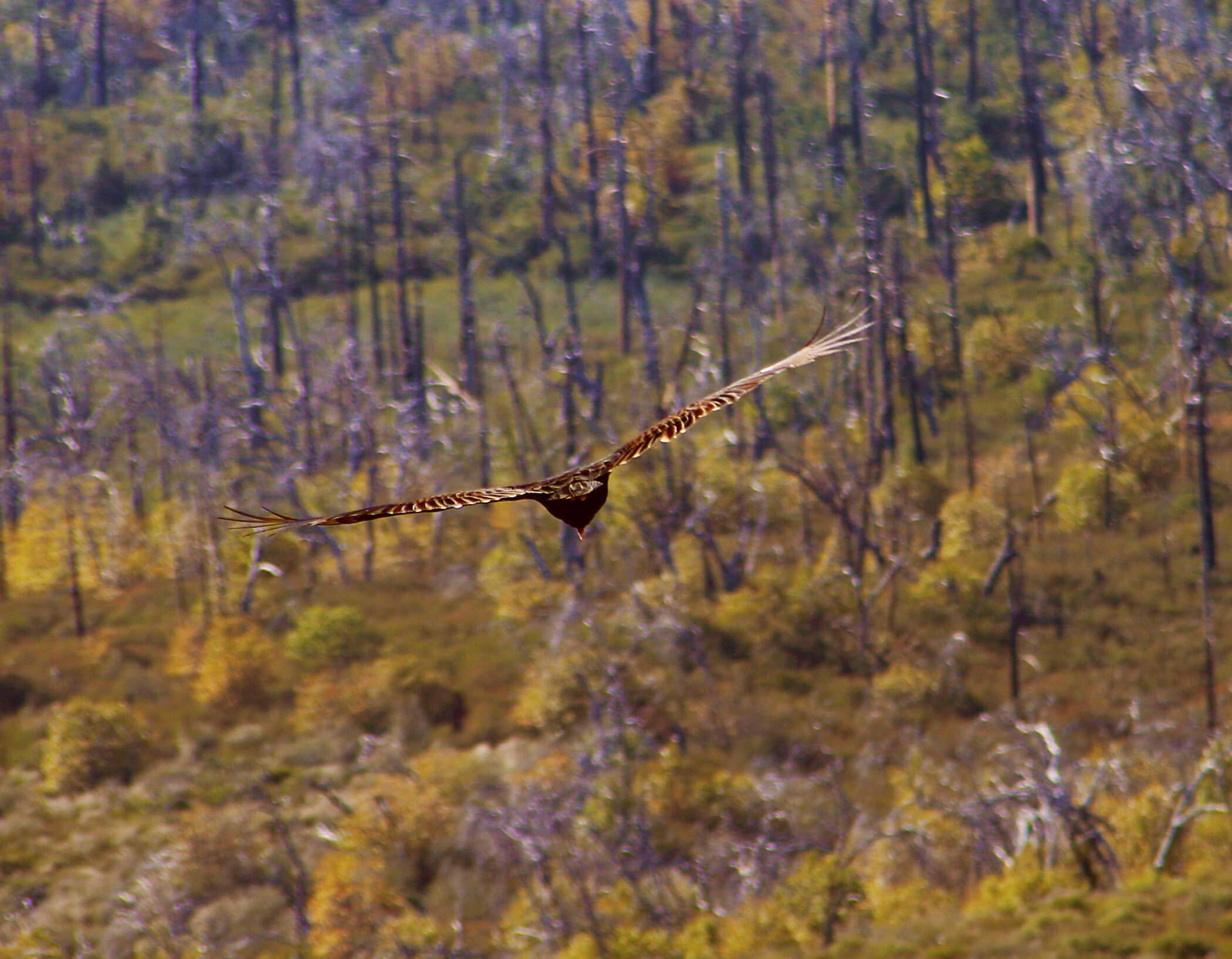


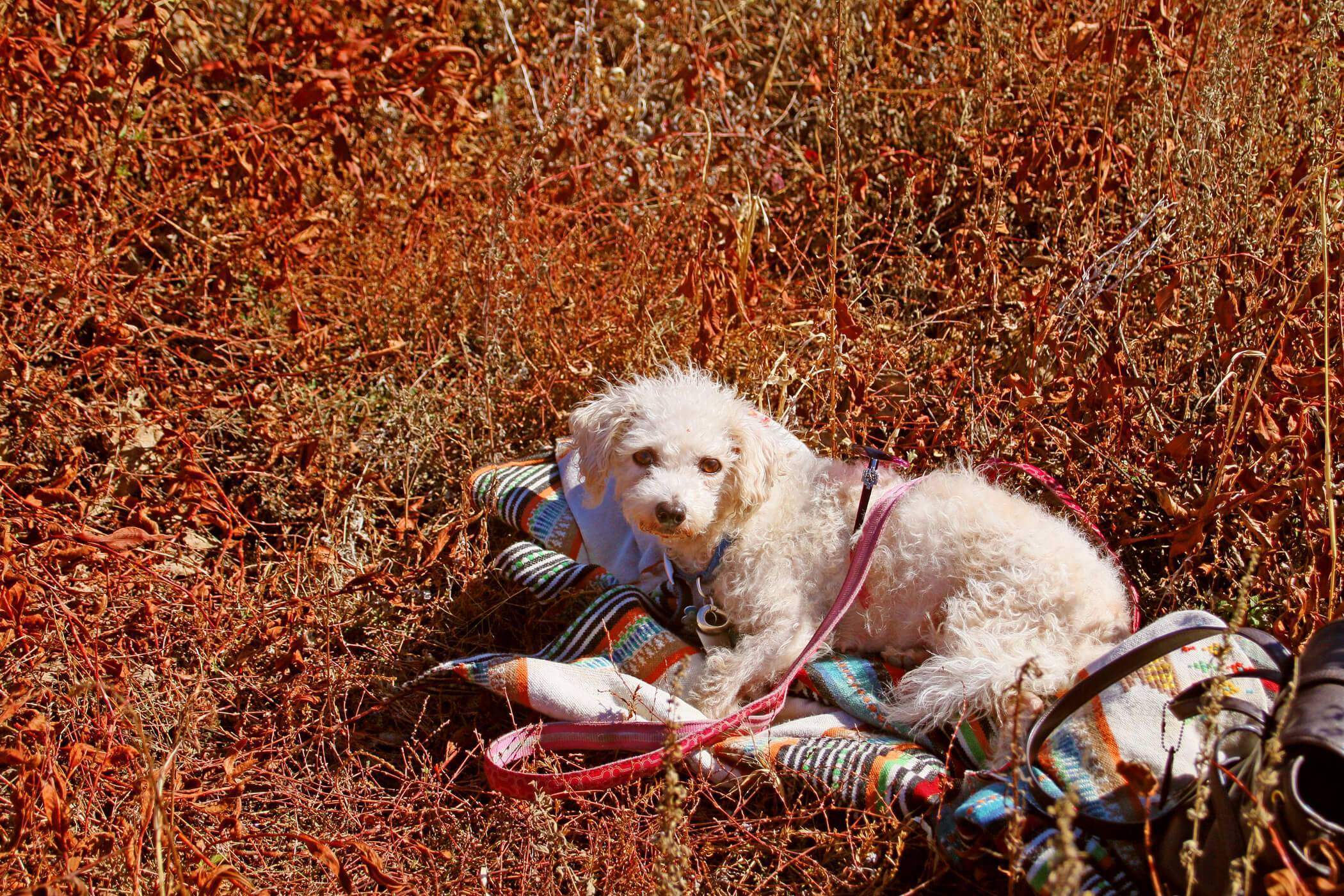

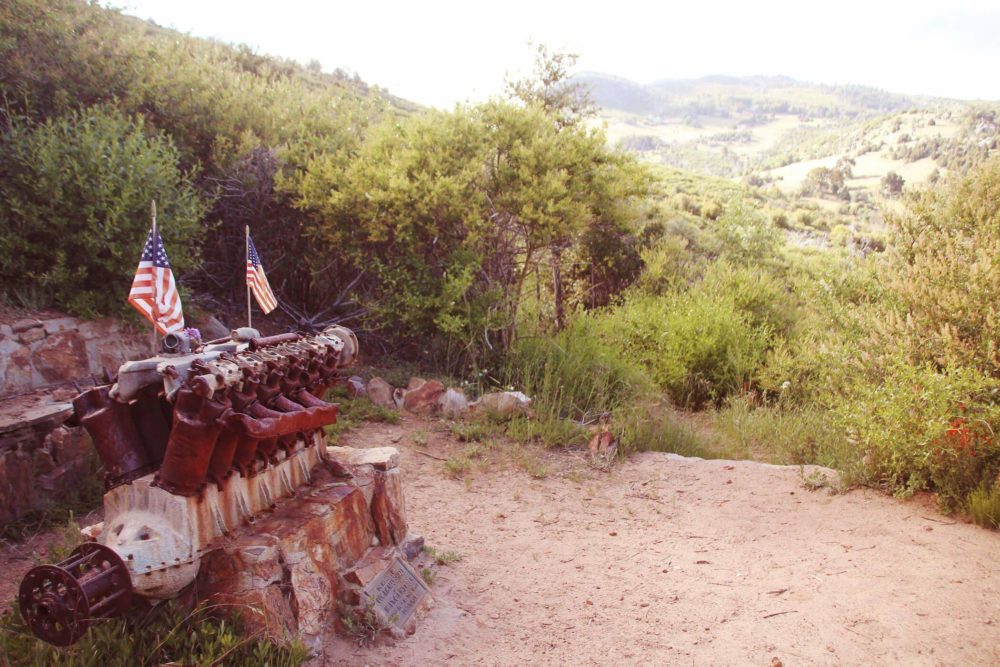
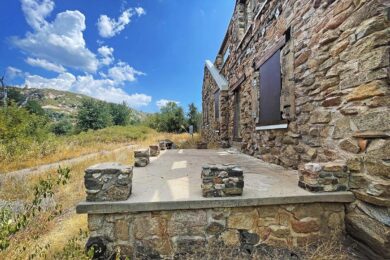
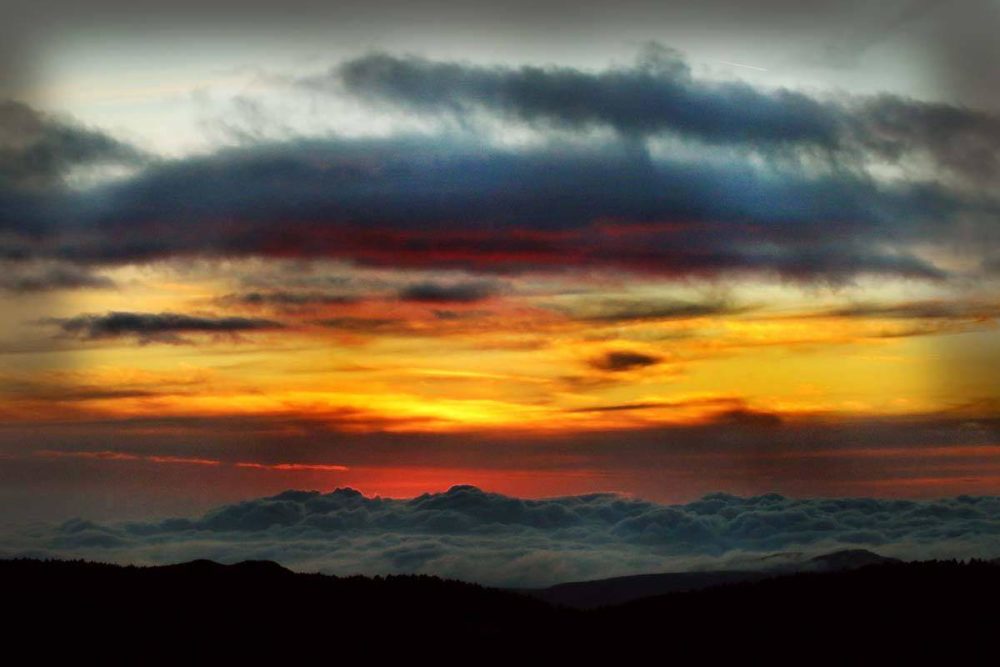
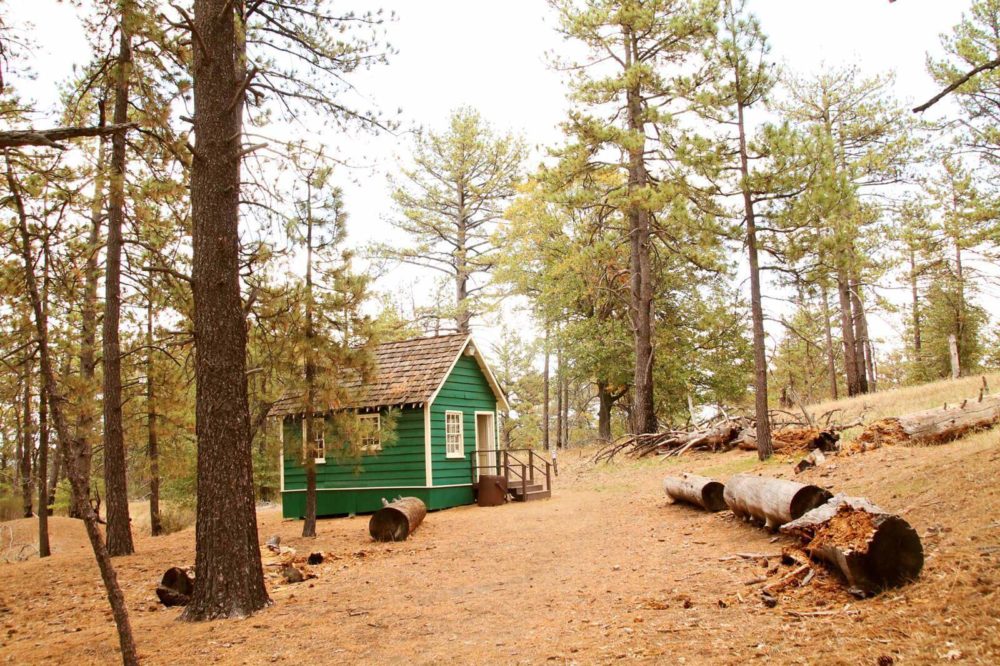
Maks
I dont understand the tunnel is 0.23 km it takes like 5 kin to walk from start to end. And in their video they were saying that they have been walking in the tunnel for 45 min. wtf
July 20, 2016
Gary
Imagine how beautiful the park would be if there were a string of beaver ponds on the Sweetwater River running through the park! https://beaverssandiegocounty.com/
October 18, 2022